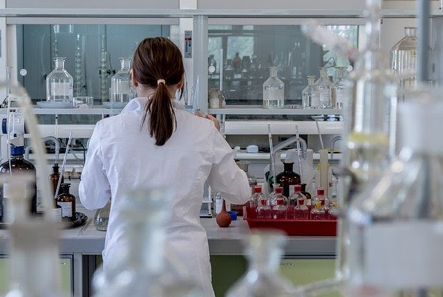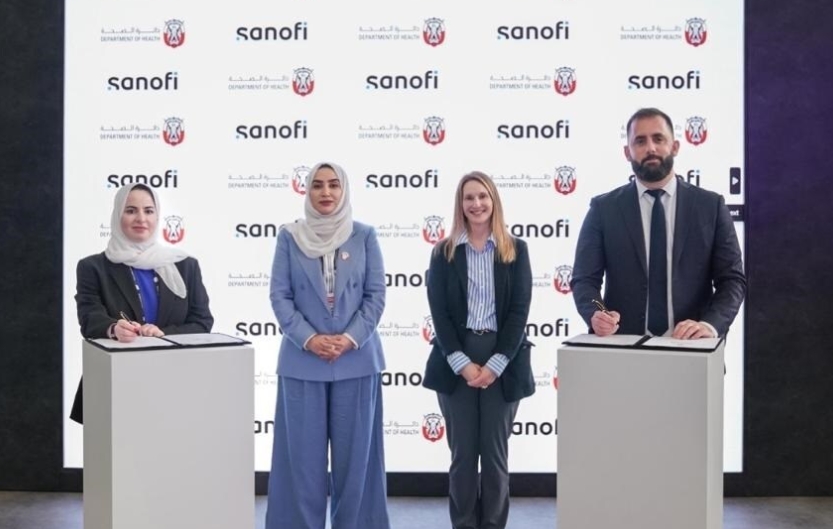
image credit- pixabay
Purified proteins facilitate research and industrial application in various fields, including medicine, pharmacy, immunization, and cosmetics. Utilising purified proteins in your project ensures efficiency, cost-effectiveness, and accurate, reliable results.
Protein purification is a crucial step in recombinant protein production, facilitating the realization of pure protein isolate. The host cell or cell culture may yield various protein types, forming a complex protein mixture during protein synthesis.
Different protein types have distinct characteristics, including structures and functional capacity. For instance, catalyst proteins like enzymes cannot be used interchangeably with structural proteins like collagen.
To achieve the largest target protein volume in its purest form, successful protein synthesis is necessary. If you are going for protein purification, check out how protein purification service providers such as Ingenza, Centre for Process, LGC, Thermo Fisher Scientific, AbSci, GenScript etc. facilitate protein isolate production.
Assay Test
The different proteins available in a living cell include antibodies, enzymes, hormones, transport proteins, storage proteins, and contractile proteins. Such proteins have varying structures and properties to suit their distinct functions.
Protein purification starts with establishing whether the target protein exists in the recombinant protein mix. An assay test is the most straightforward and most effective way to establish target protein presence without denaturing, unfolding, or damaging the protein in any way.
Assay tests establish a substance’s composition and purity. Their application in protein purification entails testing the target protein's distinct cellular function to establish its presence and efficacy. A positive assay test sets the stage for the rest of the protein purification process.
Cell Harvesting
Once you establish the target protein's presence in the host cell or culture medium, the next step is to collect the complex protein mixture. If you use extracellular protein synthesis, cell harvesting is unnecessary.
Cell lysis is the most effective cell harvesting technique during protein purification. It entails disrupting the host cell’s structure and its constituent organelles by breaking the cell membrane open. However, it is a delicate process that also entails taking precautions to preserve the integrity and functionality of all cell organelles, especially the target protein.
During Cell lysis, proteolytic activity or protein breakdown could potentially occur. Always use proteolytic inhibitors to preserve protein integrity and facilitate maximum target protein yield.
Cell lysis methods utilized during protein purification include; mechanical cell lysis, sonication, manual grinding, lysis reagents, and freezing and thawing cycles. Each method has its advantages and disadvantages, depending on the target protein’s properties.
Cell Fractionation
After cell lysis is cell fractionation, which entails separating cellular components or organelles while preserving the integrity and functionality of distinct organelles. The cell breakage during cell lysis causes the protein mix to combine with other elements like cell membrane fragments, cellular organelles, and debris.
Cell fractionation’s primary function in protein purification is isolating the protein mix from the secondary cell components. It uses differential centrifugation, a process that uses centrifugal force to separate particles by mass and density.
Centrifugal force is the apparent outward force generated from rotation. Rotating the liquid medium acquired via cell lysis at high speed causes the light particles to move farthest from the liquid medium’s center. Dense particles displaying liquid “drag” move to the bottom of the centrifuge, forming a mass pellet.
Cell fractionation uses centrifugation to achieve equilibrium with dense pellets at the bottom and a light supernatant suspended at the top. Collecting the dense pellet and repeating the centrifugation process facilitates maximum protein yield. However, note that fractionation only enables the collection of a complex protein mix, and isolating the target protein is still necessary.
Purification/Separation Strategy
After separating the protein mix from cell debris, the next step is to use separation techniques to separate the target protein from the protein mix. Distinct protein properties like their sizes, solubility, isoelectric points (charge), affinity (binding capacity), and hydrophobic properties dictate the ideal protein purification method. You should consider these characteristics and use them as reference points in your protein purification strategy.
Based on distinct proteins’ physical characteristics, below are the main protein separation methods used in protein purification.
Salting Out (Ammonium Sulfate Precipitation)
Salting out uses ionic strength to separate distinct protein types by solubility. Proteins are ionic compounds and, as such, dissociate into relative ions on dissolving in water. However, protein solubility decreases with increased ionic strength, hence using high concentration salts like ammonium sulfate in salting-out protein molecules. So, ammonium sulfate precipitation helps separate proteins by solubility as high-solubility proteins remain in the sulfate solution while low-solubility proteins collect at the bottom.
Size Exclusion/Gel Filtration Chromatography
The method utilizes a special gel with specific size pores to separate protein molecules by size. Gel filtration chromatography entails passing the complex protein mix through a column containing the special gel, and small-sized proteins fit into the gel's pores while larger proteins precipitate.
Ion Exchange Chromatography
Ion exchange chromatography separated distinct proteins by their affinity to specific ions.
Affinity Chromatography
Affinity chromatography utilizes an almost similar principle to ion exchange but replaces the ion with a protein-ligand (an atom that forms complex bonds). However, it uses a buffer to prevent protein-to-protein bonding.
Hydrophobic Interaction Chromatography (HIC)
Also known as reverse phase chromatography, HIC utilizes protein hydrophobic behavior to separate distinct proteins. It poses the lowest risk of protein degradation and denaturation.
Concentration
The target protein realized from the protein separation is diluted due to various solutions and reagents. So, protein concentration helps purge the reagent solution residue, generating a high-concentration target protein isolate. It includes ultrafiltration, lyophilization, and dialysis.
Emma Wilson, Blogger & Influencer- Health & Wellness
emma.willson@healthybox.org




